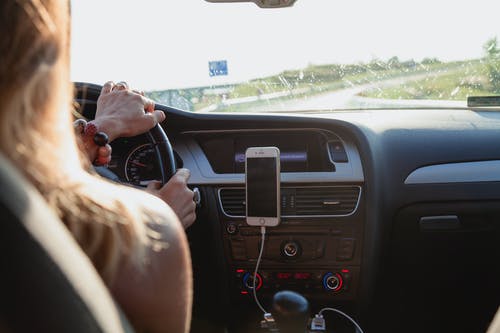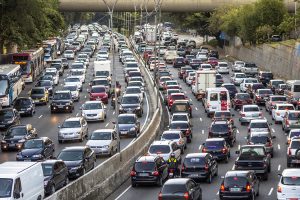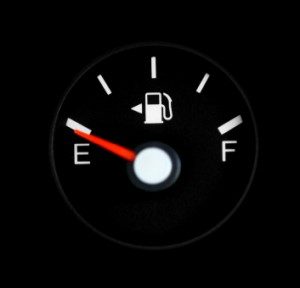Road diving is an essential aspect of human everyday existence. It aids our going to work, visiting loved ones, stopping at the grocery store, and a lot more advantages than we can mention. Seeing that we get a lot of things done faster and easier with driving, it is only normal that we learn how to drive properly and safely.
As useful and resourceful as road driving is, it has also claimed the lives of many and even left several people with lasting scars and injuries. This is not because road diving is bad in itself, but because the people behind the wheels are not doing some things right, on purpose, or unintentionally. Some of the tips to safe driving anywhere are discussed below:
Never drink and drive
Drinking while driving is almost consequential to impending road accidents because people who drink and drive are prone to potential loss of concentration and coordination behind the wheels. Although the aftermath of drinking is different for various people, it is still not an advisable thing to do when driving.
If you will be hanging out with some friends till late at night and would most likely drink, you should take a cab or call on someone to take you home.

Assume you are the only sane person
This singular assumption has saved a lot of people from serious accidents. When driving, you should never assume that the driver of the car next to you is sane. It is a standing rule that will keep you safe.
Some people could be in so much hurry that they don’t want to wait to see the green light or follow traffic rules. So, drivers should always stay alert for contingencies as they drive and leave a chance for the errors of other drivers. Give reasonable space between your car and the next car, always check your mirrors, and you should be fine.
Follow traffic rules
Traffic rules are there to guide how you drive and bring everyone under the same understanding. A “No U-turn” sign makes the person on the other side sure that “nobody in their right senses should try to make a turn here”. However, remember that an assumption that not everyone is in their right senses will help avoid problems.








